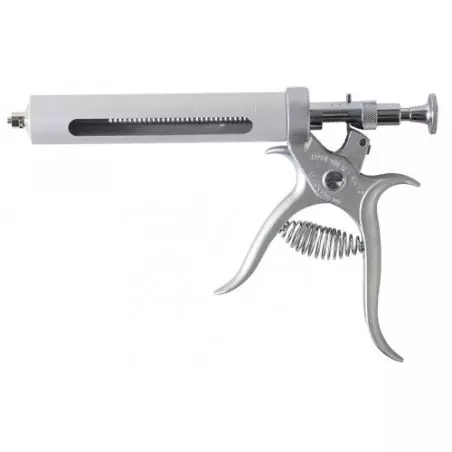Oral fluid testing makes detection of microorganisms and antibodies in groups of pigs or individuals easier and cheaper to perform, compared to testing in serum. Oral fluid testing is becoming important tool in diagnostic and epidemiological studies of PRRSV, PCV2 and SIV infections. However, sample collection requires understanding of pigs behavior as many of it aspects directly impact the yield of oral fluid. The aim of the present study is to analyse factors affecting the amount of oral fluid collected in standard pig herds in Poland.
Oral fluids were collected in winter (December 2010 and January 2010) from 24 farms. Totally 535 pens of 4 to 23 weeks old pigs were sampled. Presence of straw, ambient temperature in pens of 4-13 weeks old pigs as well as frequency of medication was noted in each farm and pen. From each pen one oral fluid sample was collected by hanging a piece of rope to which pigs had access for 30-60 minutes. The oral fluid soaked piece of rope was cut off and placed in a string bag and transported to the lab where oral fluid was recovered and it’s volume measured.

In 172 pens pigs were raised on deep straw or solid floor with bedding and in 382 on slatted floor. The mean yield of oral fluid was significantly higher (p<0.005) in pens with slatted floor than (2.64 ml vs. 1.73 ml). Of 240 pens where pigs 4-13 were housed in 89 the ambient temperature was suboptimal (2). The yield of oral fluid from such pens was significantly lower (p<0.005) than from pens with optimal temperature (1.69 ml vs. 2.35 ml). The pens with newly weaned pigs (4-5 week old) yielded significantly less oral fluid than pens with older pigs. No significant differences (p>0.05) were observed between pens with 6 to 23 weeks old pigs. From 23 pens no oral fluid was obtained. These included 18 pens with 4-5 weeks old pigs and 5 pens with 6-8 weeks old pigs.
The results of this study clearly showed that the presence of straw and too low ambient temperature are the most important factors affecting the volume of the collected oral fluid. The impact of straw presence could be related with fact that it satisfy the pig’s motivation for exploration so they are less willing to interact with hanging rope. The impact of the age can be observed only in pigs shortly after weaning. From pigs of such age significantly lower yield of oral fluid was obtained. Also, from 18 pens with young pigs no sample of oral fluid was collected. From 6 weeks old and older no age impact could be observed. It could be related with restoration of hierarchical stability of group of animals inside a pen. However, this is only a preliminary study and only several parameters were analysed, it is clear that the environmental conditions have to be considered while planning oral fluid collection.
A. Jablonski, M. Strawa, T. Stadejek. Impact of selected parameters on efficacy of pen based oral fluid collection from pigs. 6th International Symposium on Emerging and Re-emerging Pig Diseases: 59





